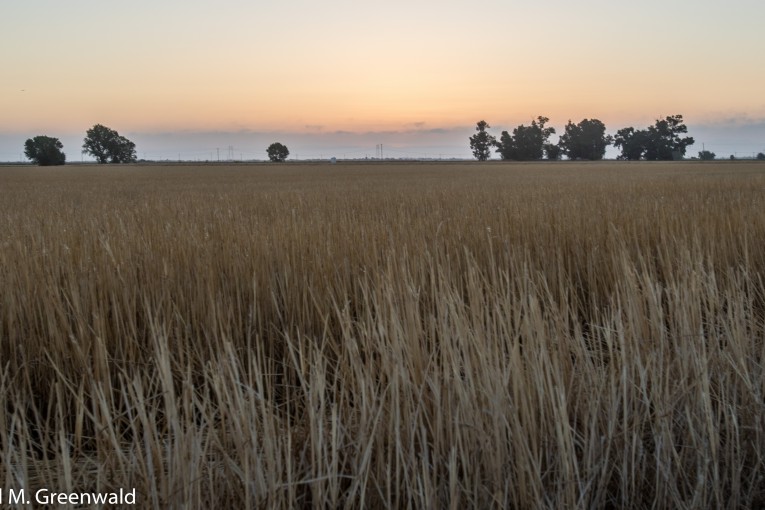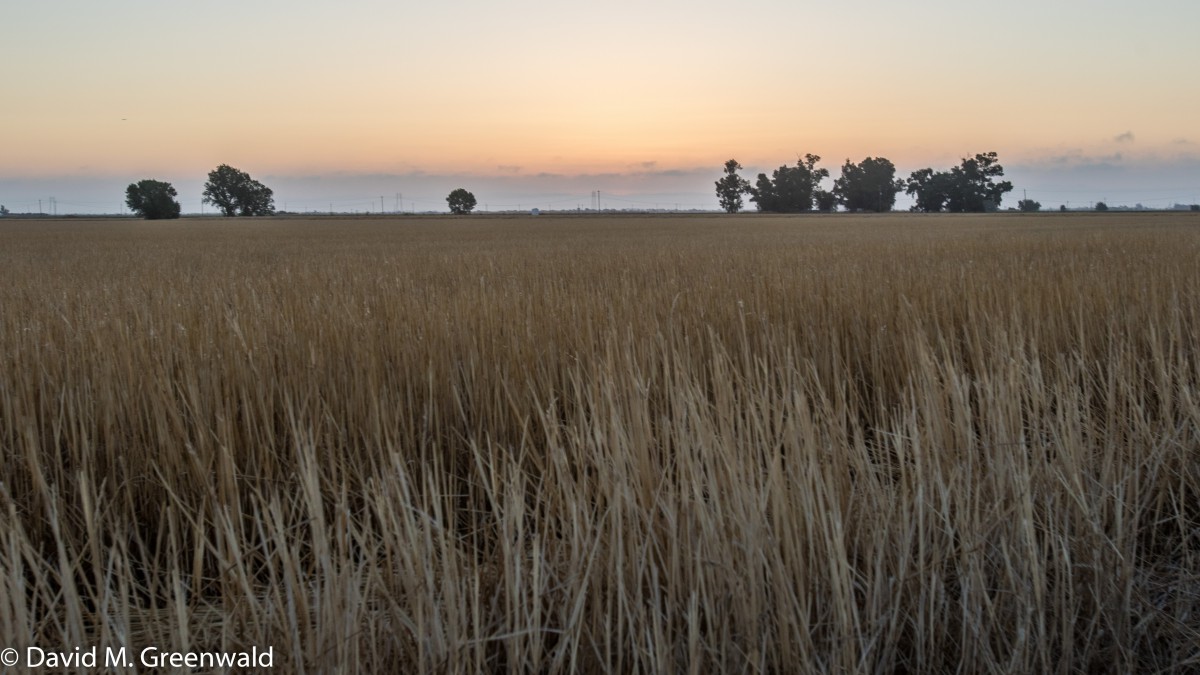

By David M. Greenwald
Executive Editor
Davis, CA – The comment from the NY Times video that resonated most with me was when Binyamin Appelbaum pointed out, if you go to these meetings, “it’s always the same song and it goes something like this, ‘I am very in favor of affordable housing, we need more of it in this community, however, I have some concerns about this project.’”
It was easy to guess that a 1200-unit peripheral project was not going to get a lot of support by the largely slower-growth commenters on the Vanguard.
I’m not going to argue one way or another for the project, but I will attempt at least to set the playing field for this discussion, which is likely to take place over the next few years—and not just with this project, but a whole host of Measure J projects.
I have been warning for some time that we are running out of realistic options for infill. The spaces that are vacant in town are either not available for development for a variety of reasons or too small to have a meaningful impact.
Moreover, as I have pointed out a number of times, redevelopment and construction costs are very high—and while I think downtown  is a good place for redevelopment, it’s going to be difficult to make it pencil out.
is a good place for redevelopment, it’s going to be difficult to make it pencil out.
As the city warned, “Even with the increased residential densities planned for the Downtown under the Draft Downtown Davis Specific Plan, the City will need to rezone additional sites to meet the RHNA.”
Given that, it is likely that we were going to see a number of Measure J proposals come down the pike. And that’s what we are starting to see. So far we have seen one at Shriners and Wildhorse Ranch, but we might see more.
Several commenters called the proposal at Shriners “sprawl.” Are we simply using the term sprawl to refer to anything proposed for the periphery?
In addition to the limited opportunities to continue to rely on infill to meet our housing needs, we have kind of limited where we can continue peripheral growth. Development opportunities to the south, west and east are largely cut off. So most of the realistic areas are to the north of the city.
If I’m looking at the five areas most likely for housing—the property inside the Signature curve, Wildhorse Ranch, Shriners and then Covell Village and finally near Bretton Woods in the Northwest Quadrant.
Shriners itself is bounded on the west by Wildhorse, Wildhorse Ranch which also has an active proposal is there, and to the south is Mace Ranch. If you’re going to develop on the periphery, that property makes probably as much sense as any—maybe you rate that corner spot on the Signature curve slightly higher, maybe Covell Village.
Was surprised (slightly) that the focus wasn’t fully on the 1200 units. We will see what the proposal ends up at. One of the problem with the Measure J process is that it raises development costs significantly, and, as already stated, that will lead to larger proposals.
The other problem that you have is that Measure J often works against smart development practices—higher densities which are more efficient in favor of lower densities that put fewer units and cause fewer traffic impacts.
We will see what the actual housing mix is, but they are proposing significant affordable housing—multi-family units along with about 120 or so units that would sell at 70 percent of median home prices.
At this point, now that the city has addressed the student housing crisis, we have to figure out ways to build housing for families. Every time there was a student housing proposal coming forward, people were lamenting the lack of housing for families or workforce.
Now that we are starting to have projects come forward that address those needs, we will likely hear the standard line of “not here,” “not this project.”
As I pointed out earlier this week, we are fighting to preserve the existing character of this community so hard that we are in fact changing the existing character of this community—making it older with fewer children, and more expensive.
We are pricing the middle class, middle tier of families with children, right out of Davis. That will have huge and profound impacts on our community.
Currently, the Shriners applicant writes, Davis “has 20% fewer families with children per capita than the average U.S. city.
“This ongoing shrinking number of students coming from Davis presents long-term challenges to the fiscal health of the District, as well as the vitality of the entire City,” they write. “The new for-sale and rental housing proposed will make a meaningful contribution to the City’s housing supply and bring much needed new in-district families with school-aged children to the District and the Davis community.”
There will be a tendency for people to dislike this proposal. As one commenter put it, they “hate this” “more than any other development proposal.” Given that they have bitterly opposed every single recent housing proposal, those might be considered strong words.
The problem that I have been pointing out for some time is that we have largely run out of easy projects in non-objectionable locations. Can Measure J function when we don’t have low density proposals away from current residents and impacts? Or are we now locked in, because every new project is going to have impacts on existing residents and traffic?
That will be the next stage of challenge for Davis.
"course" - Google News
November 14, 2021 at 12:02PM
https://ift.tt/3oqczGg
Sunday Commentary: Davis Needs Housing, but Not There of Course - The People’s Vanguard of Davis
"course" - Google News
https://ift.tt/35q9ps5
https://ift.tt/35rCFi1
Bagikan Berita Ini














0 Response to "Sunday Commentary: Davis Needs Housing, but Not There of Course - The People’s Vanguard of Davis"
Post a Comment